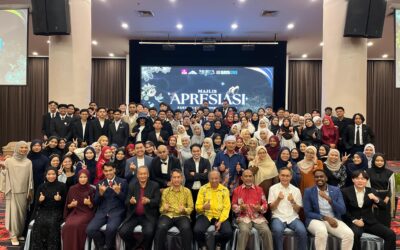By L. Ding, R. Zhou, T. Yu, H. Gao, H. Yang, J. Li, Y. Yuan, C. Liu, J. Wang
China’s Mars rover, Zhurong, touched down on Utopia Planitia in the northern lowlands of Mars (109.925° E, 25.066° N) in May 2021, and has been conducting in situ investigations of the landing area in conjunction with the Tianwen-1 orbiter. Here we present surface properties derived from the Zhurong rover’s traverse during the first 60 sols of rover operations. Our analysis of the rover’s position from locomotion data and camera imagery over that time shows that the rover traversed 450.9 m southwards over a flat surface with mild wheel slippage. Soil parameters determined by terramechanics, which observes wheel–terrain interactions, indicate that the topsoil has high bearing strength and cohesion. The soil’s equivalent stiffness is estimated to range from 1,390 to 5,872 kPa per mN, and the internal friction angle ranges from 21° to 34° under a cohesion of 1.5 to 6 kPa. Aeolian bedforms in the area are primarily transverse aeolian ridges, indicating northeastern local wind directions. Surface rocks imaged by the rover cameras show evidence of physical weathering processes, such as wind erosion, and potential chemical weathering processes. Joint investigations utilizing the scientific payloads of the rover and the orbiter can provide insights into local aeolian and aqueous history, and the habitability evolution of the northern lowlands on Mars.
https://www.nature.com/articles/s41561-022-00905-6



